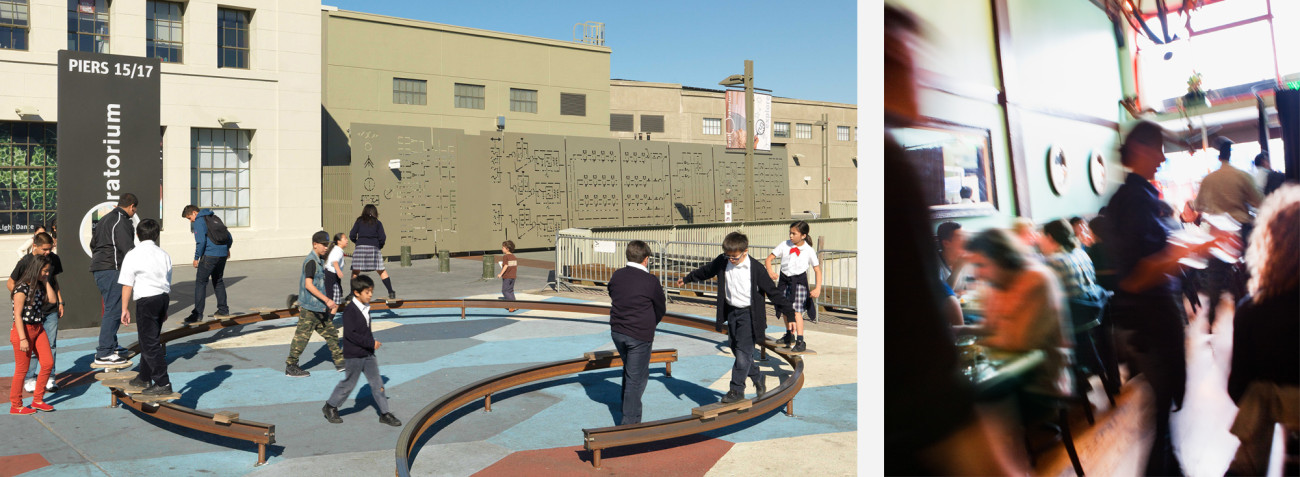Actual construction may still be a few years out, but the massive redevelopment plans for Treasure Island are very much in progress.
The former naval station in San Francisco Bay will eventually be transformed into a new city neighborhood designed with sustainability in mind. Six thousand housing units are on tap, along with 250,000 square feet of retail and restaurant space, 400 to 500 hotel rooms, and a 400-slip marina. Plans for the island’s transit are aimed at reducing auto use by residents and include new ferry service, bikes that can be checked out like library books and congestion pricing for Bay Bridge access.
But all of that is years out – construction on the island’s first new buildings won’t begin until 2012 or 2013, according to Jack Sylvan, the city’s Treasure Island redevelopment project manager.
Much work needs to be done before building can begin. Since the initial development plan for Treasure Island was approved by the Board of Supervisors in December 2006, several key parts of the project have progressed simultaneously. Negotiations with the Navy for the transfer of the property are ongoing and “moving quite well,” Sylvan said. Officials are busy preparing the project’s environmental impact report and finalizing an agreement with the project’s master developer. Treasure Island Community Development LLC was selected as master developer in March 2003 and includes Miami-based homebuilder Lennar, Kenwood Investments, Ferry Building redevelopers Wilson Meany Sullivan and Stockbridge Capital.
The Treasure Island Redevelopment Agency is also working with the Public Utilities Commission on plans for laying new utilities infrastructure for the project. It’s also collaborating with various transit agencies on future access for island residents and with other state agencies on ramps to the Bay Bridge and congestion pricing plans. The goal is to complete all of the negotiations and agreements by the end of next year. “It’s achievable, but also aggressive,” Sylvan said.
As with any project that involves three federal agencies, several state agencies, city offices and other regulatory bodies, there’s a tangle of other approvals and logistics to get through before any dirt is moved. Still, officials hope to begin initial infrastructure development on the island as soon as 2010. When that’s in place, Sylvan said, construction can begin on new buildings. He predicts a seven-to-12-year build-out, depending on market conditions at the time. The construction on Treasure Island is expected to create 5,000 jobs, and the island’s new amenities will translate to about 2,000 permanent jobs.
Project plans include a strong focus on green development. “The goal is to be the most stainable development project in the U.S.,” Sylvan said. To that end, the redevelopment will include residential density around transit hubs, a street plan that blocks wind and maximizes sunshine, wetlands creation to provide habitat and treat storm water, a 20-acre organic farm and strict green building standards. At this point, Sylvan said, the project is focusing more on solar power development than wind power, as it is appearing to be more feasible and economical.
The total costs of Treasure Island’s redevelopment could reach $5 billion, with initial planning and infrastructure costs reaching about $1.2 billion. That will be paid for with a combination of public and private financing. The public portion of that will come from project-generated sources, Sylvan said, not from the city’s general fund. The developer, he noted, will spend $250 million to $300 million before selling a single parcel of land. “Revenues don’t exist except for the actual development,” he said.
